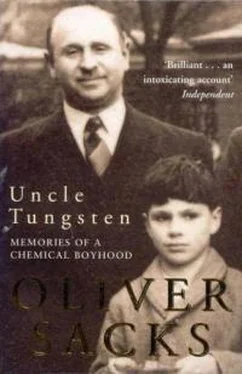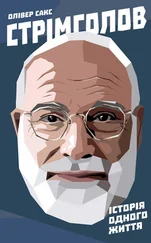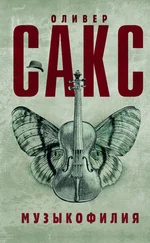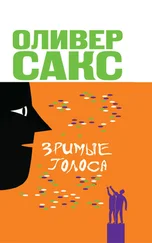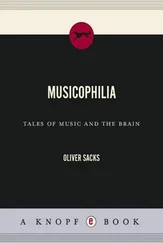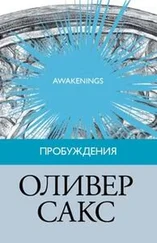Boyle’s personality appealed to me greatly, as did his omnivorous curiosity, his fondness for anecdote, and his occasional puns (as when he wrote that he preferred to work on things ‘luciferous rather than lucriferous’). I could imagine him as a person, and a person I would like, despite the gulf of three centuries between us.
Antoine Lavoisier, born almost a century after Boyle, would become known as the real founder, the father, of modern chemistry. There was already a huge amount of chemical knowledge, chemical sophistication, before his time, some of it bequeathed by the alchemists (for it was they who pioneered the apparatus and techniques of distillation and crystallization and a range of chemical procedures), some of it by apothecaries, and much of it, of course, by early metallurgists and miners.
Yet although a multitude of chemical reactions had been explored, there was no systematic weighing or measurement of these reactions. The composition of water was unknown, as was the composition of most other substances. Minerals and salts were classified by their crystalline form, or other physical properties, rather than their constituents. There was no clear notion of elements or compounds.
There was, moreover, no overall theoretical framework in which chemical phenomena could be placed, only the somewhat mystical theory of phlogiston, which was supposed to explain all chemical transformations. Phlogiston was the principle of Fire. Metals were combustible, it was supposed, because they contained some phlogiston, and when they were burned, the phlogiston was released. When their earths were smelted with charcoal, conversely, the charcoal donated its phlogiston and reconstituted the metal. Thus a metal was a sort of composite or ‘compound’ of its earth, its calx, and phlogiston. Every chemical process – not only of smelting and calcination, but the actions of acids and alkalis, and the formation of salts – could be attributed to the addition or removal of phlogiston.
It was true that phlogiston had no visible properties, could not be bottled, demonstrated, or weighed – but after all, was this not equally true of electricity (another great source of mystery and fascination in the eighteenth century)? Phlogiston had an instinctive, poetic, mythic appeal, making fire at once a material and a spirit. But for all its metaphysical roots, the phlogiston theory was the first specifically chemical theory (as opposed to the mechanical, corpuscular one that Boyle had envisaged in the 1660 s); it attempted to account for chemical properties and reactions in terms of the presence or absence, or transference, of a specific chemical principle.
It was into this half-metaphysical, half-poetic atmosphere that Lavoisier – hardheaded, keenly analytical and logical, a child of the Enlightenment and an admirer of the Encyclopedists – came of age in the 1770 s. By the age of twenty-five, Lavoisier had already done pioneering geological work, shown great chemical and polemical skill (he had written a prizewinning essay on the best means of illuminating a city at night, as well as a study of the setting and binding of plaster of Paris), and been elected to the Academy. [14] In his biography of Lavoisier, Douglas McKie includes an exhaustive list of Lavoisier’s scientific activities which paints a vivid picture of his times, no less than his own remarkable range of mind: ‘Lavoisier took part,’ McKie writes, … in the preparation of reports on the water supply of Paris, prisons, mesmerism, the adulteration of cider, the site of the public abattoirs, the newly-invented ‘aerostatic machines of Montgolfier’ (balloons), bleaching, tables of specific gravity, hydrometers, the theory of colors, lamps, meteorites, smokeless grates, tapestry making, the engraving of coats-of-arms, paper, fossils, an invalid chair, a water-driven bellows, tartar, sulphur springs, the cultivation of cabbage and rape seed and the oils extracted thence, a tobacco grater, the working of coal mines, white soap, the decomposition of nitre, the manufacture of starch… the storage of fresh water on ships, fixed air, a reported occurrence of oil in spring water… the removal of oil and grease from silks and woollens, the preparation of nitrous ether by distillation, ethers, a reverberatory hearth, a new ink and inkpot to which it was only necessary to add water in order to maintain the supply of ink…, the estimation of alkali in mineral waters, a powder magazine for the Paris Arsenal, the mineralogy of the Pyrenees, wheat and flour, cesspools and the air arising from them, the alleged occurrence of gold in the ashes of plants, arsenic acid, the parting of gold and silver, the base of Epsom salt, the winding of silk, the solution of tin used in dyeing, volcanoes, putrefaction, fire-extinguishing liquids, alloys, the rusting of iron, a proposal to use ‘inflammable air’ in a public firework display (this at the request of the police), coal measures, dephlogisticated marine acid, lamp wicks, the natural history of Corsica, the mephitis of the Paris wells, the alleged solution of gold in nitric acid, the hygrometric properties of soda, the iron and salt works of the Pyrenees, argentiferous lead mines, a new kind of barrel, the manufacture of plate glass, fuels, the conversion of peat into charcoal, the construction of corn mills, the manufacture of sugar, the extraordinary effects of a thunder bolt, the retting of flax, the mineral deposits of France, plated cooking vessels, the formation of water, the coinage, barometers, the respiration of insects, the nutrition of vegetables, the proportion of the components in chemical compounds, vegetation, and many other subjects, far too many to be described here, even in the briefest terms.
But it was in relation to the theory of phlogiston that his intellect and ambition became sharply focused. The idea of phlogiston seemed to him metaphysical, insubstantial, and the point of attack, he saw at once, lay in meticulous quantitative experiments with combustion. Did substances indeed decrease in weight when they burned, as one would expect if they lost their phlogiston? Common experience, indeed, suggested that this was so, that substances ‘burned away’ – a candle dwindled in size as it burned, organic substances charred and shriveled, sulphur and charcoal vanished completely, but this did not seem to be the case with regard to the burning of metals.
In 1772 Lavoisier read of the experiments of Guyton de Morveau, who had confirmed in experiments of exceptional precision and care that metals increased in weight when they were roasted in air. [15] Boyle had experimented with the burning of metals a hundred years before, and was well aware that these increased in weight when burned, forming a calx or ash that was heavier than the original. But his explanations of the increase of weight were mechanical, not chemical: he saw it as the absorption of ‘particles of fire.’ Similarly, he saw air itself not in chemical terms, but rather as an elastic fluid of a peculiar sort, used in a sort of mechanical ventilation, to wash the impurities out of the lungs. Findings were not consistent in the century that followed Boyle, partly because the gigantic ‘burning glasses’ used were of such power as to cause some metallic oxides to partly vaporize or sublime, causing losses rather than increases in weight. But even more frequently there was no weighing at all, for analytical chemistry, at this point, was still largely qualitative.
How could this be reconciled with the notion that something – phlogiston – was lost in burning? Lavoisier found Guyton’s explanation – that phlogiston had ‘levity’ and buoyed up the metals that contained it – absurd. But Guyton’s impeccable results nonetheless incited Lavoisier as nothing had before. It was, like Newton’s apple, a fact, a phenomenon, that demanded a new theory of the world.
Читать дальше
